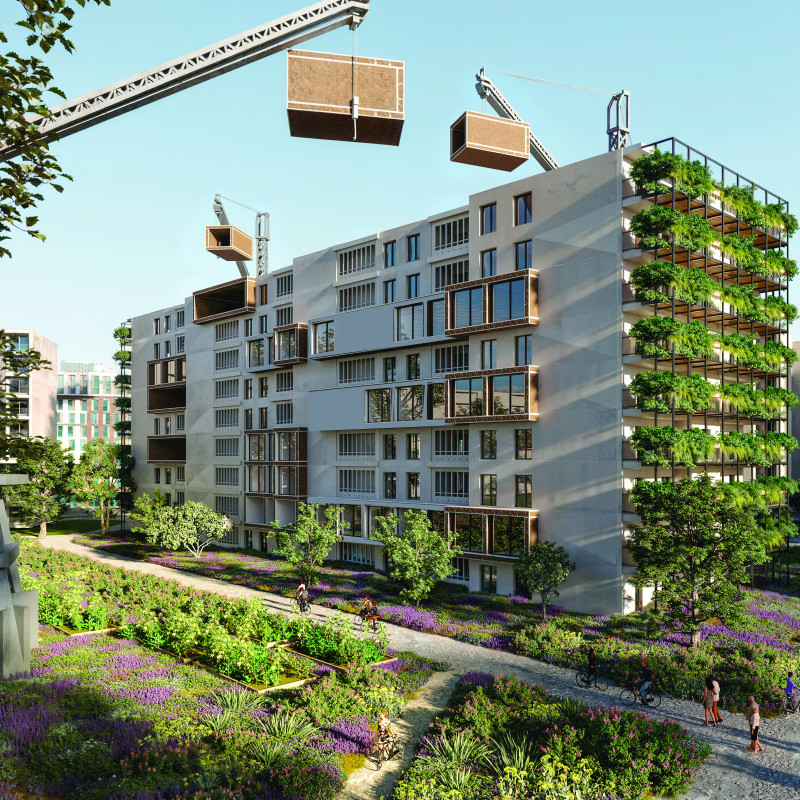5 key facts about this project
As a designated space for [insert primary function of the building], the project is designed to meet the specific needs of its users while fostering a sense of community. The layout encourages interaction and collaboration, ensuring that the space is both welcoming and efficient. The careful arrangement of spaces enables natural flow and connectivity, allowing occupants to transition seamlessly between different areas. This spatial organization is further enhanced by strategically placed windows and openings that invite natural light throughout the day, creating an environment that supports both productivity and relaxation.
A study of the project's exterior reveals a façade that intelligently utilizes a palette of materials, including concrete, glass, and wood. This choice of materiality reflects not only aesthetic considerations but also environmental awareness. The concrete base provides structural stability, while the extensive use of glass facilitates transparency and visual connectivity with the outdoors. This integration of natural light is complemented by wooden elements that add warmth and texture, creating a welcoming ambience. Each material is purposefully selected to enhance the building's performance and ensure durability, while also respecting the local context.
Unique design approaches are evident throughout the project, particularly in its sustainable features. By incorporating passive design strategies, the project optimizes energy efficiency, reducing reliance on mechanical systems. Features such as thermal massing and natural ventilation strategies are carefully integrated into the architectural design, allowing the building to respond effectively to seasonal changes. This focus on sustainability extends beyond energy efficiency, as the project also utilizes rainwater harvesting systems and native landscaping, minimizing environmental impact while promoting biodiversity.
The overall composition of the building is defined by its distinctive roofline and facade articulation, which pay homage to the architectural heritage of the region while embracing contemporary design principles. On closer inspection, details such as overhangs and sunshades become apparent; these elements not only contribute to the building's character but also mitigate direct sunlight and optimize thermal performance. The balance of solid and void throughout the design fosters a dynamic interplay between light and shadow, enriching the overall visual experience of the structure.
This project exemplifies a modern approach to architecture that acknowledges the importance of context and community. The thoughtful integration of sustainable practices, paired with a clear understanding of user needs, culminates in a design that is both functional and aesthetically pleasing. The building does not merely occupy space; it engages with its environment, invites interaction, and serves as a model for future architectural endeavors.
For those interested in delving deeper into the architectural specifics, exploring architectural plans, sections, and design ideas offers valuable insights into the project's nuances and intentions. The careful execution of this design invites further examination and discussion, encouraging an appreciation for the craftsmanship and thought that define it. Engaging with the project's presentation will provide a fuller understanding of its architectural significance and the innovative approaches that set it apart within the contemporary landscape of architecture.


























